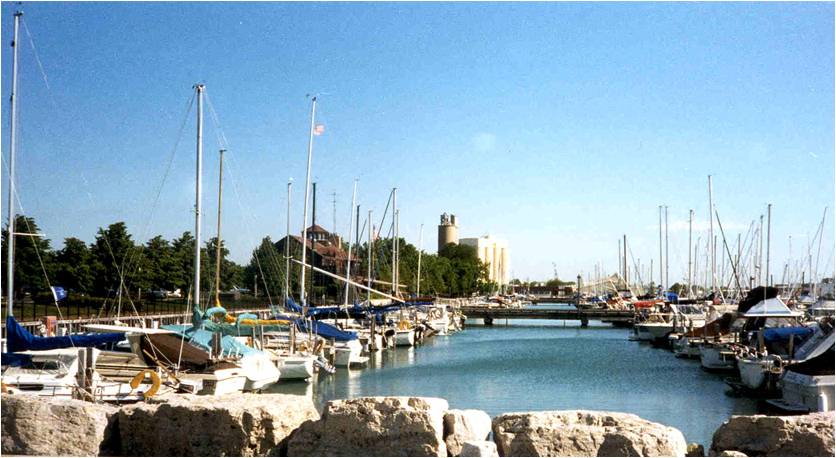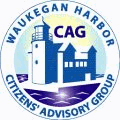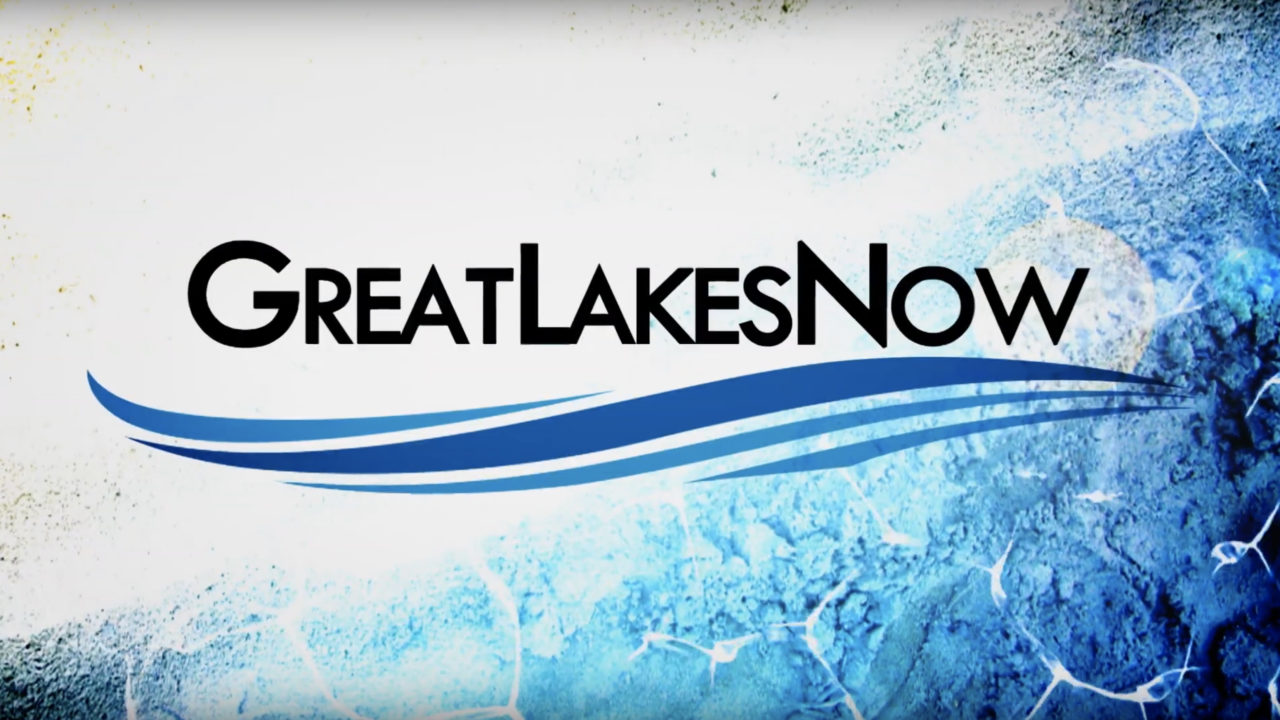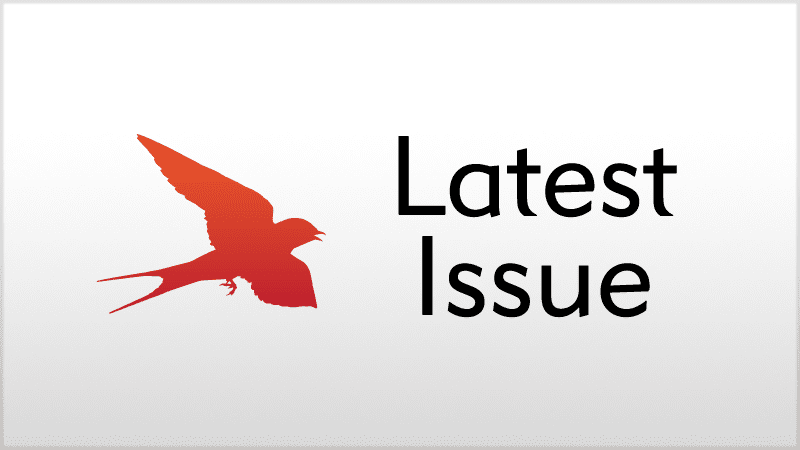Great Lake Connection Newsletters

Great Lakes Connection Archives
IDNR Coastal Management Program Newsletter

IDNR Coastal Management Program Monthly Newsletter Archive
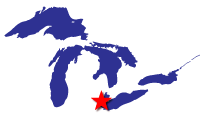
NOAA Office of Coastal Management
This online data viewer provides user-friendly access to coastal land cover and land cover change information developed through NOAA’s Coastal Change Analysis Program (C-CAP). The tool eliminates the need for a desktop GIS or advanced technical expertise by processing data for the user and providing easy access to the distilled information. The tool summarizes general change trends (such as forest losses or new development) and provides tables, maps, and reports to enhance communication and decision-making.
Great Lakes Commission
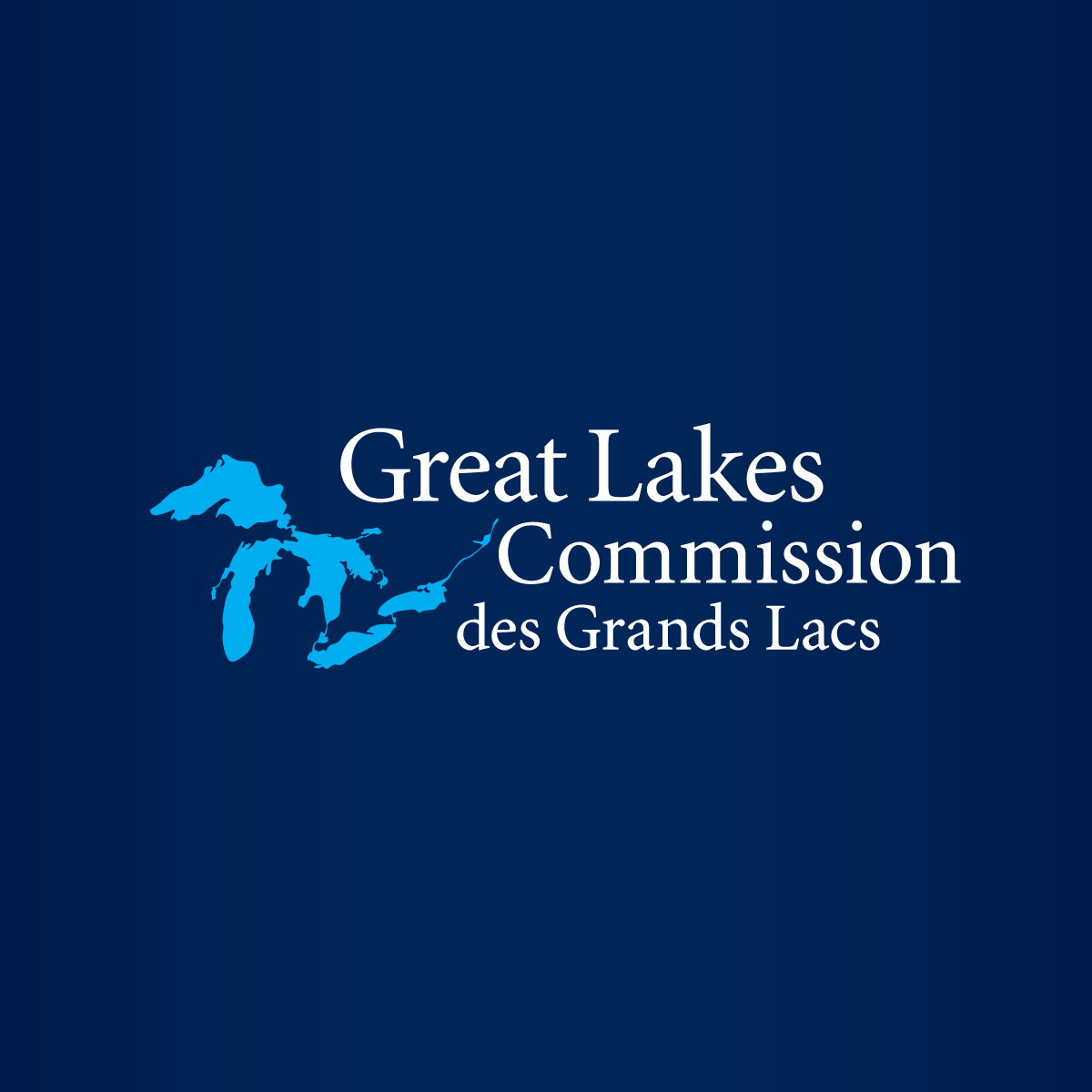
The Great Lakes Fishery Commission will hold a public Annual Meeting May 27-28, 2020, in Niagara on the Lake, Ontario. At this meeting, the public can learn about and discuss developments in the Great Lakes fishery. Commissioners and the U.S. and Canadian Committees of Advisors will hold meeting…
Detroit Public Television
Detroit Public Television’s Great Lakes Bureau, GreatLakesNow.org, shares stories about the unique culture and history of the Great Lakes basin and explains the ways the fresh water of the Great Lakes generates jobs and economic activity and creates a wealth of recreational opportunities. GreatLakesNow.org informs its audience about the health of the lakes on an ongoing basis.
The Great Lakes Bureau also provides coverage of important conferences related to living, working, protecting and enjoying the Great Lakes – the largest body of freshwater on earth. Thanks to the support of the Erb Foundation, the scope and mission of Detroit Public Television’s Great Lakes Bureau is expanding on a daily basis.
Living Bird Magazine Published by the Cornell Lab of Ornithology
BirdCast – Bird migration forecasts in real time
In the News
The North Shore Weekend
The November 3rd, 2013 issue of The North Shore Weekend newspaper included an article on the importance ravines which it calls “natural treasures.”
The following link will take you to issue 56 of the newspaper. Winding Beauty Miles of ravines delight – but need protection.
| PRESS RELEASE
Key One‐Acre Connector Site Added to Bowen Park to Preserve & Improve Rare Ravine Ecosystem Waukegan, IL (May 31, 2013) – The Waukegan Park District today acquired a one‐acre site (See Map) at the north end of Bowen Park that plays a critical role in maintaining Waukegan’s rare Glen Flora Ravine ecosystem. The property – acquired with the financial assistance of the Illinois Audubon Society in a transaction that was facilitated by multiple conservation organizations – can now be managed to help prevent ravine degradation, protect Bowen Park from invasive plants currently infesting the acquired site, avoid water damage to neighboring properties caused by uncontrolled runoff, and help preserve the ravine habitat including more than a dozen endangered plant species. Conserve Lake County negotiated the purchase with the private landowner and also secured the participation of the Illinois Audubon Society . The Society purchased the property from the landowner at fair market value, contributed 51% of the acquisition costs, and immediately passed ownership to the Waukegan Park District. The Park District will own the capstone property and integrate it into Bowen Park, preserving and managing it in perpetuity. “We are very grateful to Conserve Lake County and to the Illinois Audubon Society for making it possible for us to acquire this key property cost‐effectively,” said Janet Kilkelly, President of the Waukegan Park District. “It’s exciting that we will now be able to preserve and manage the complete Glen Flora Ravine system.” The acquisition is part of a larger project involving the restoration of Bowen Park and its ravine system. Now in its second year, the project is managed by the Park District in partnership with the Waukegan Harbor Citizens’ Advisory Group, which has secured $1.433 million in funding from the Great Lakes Restoration Initiative as well as $43,000 from the United States Fish and Wildlife Service. The grants support management, protection and education efforts related to Bowen Park – including restoration of the park’s frog pond for educational purposes – and other critical natural areas within the Waukegan Harbor Area of Concern. “Ravine ecosystems are rare both regionally and globally, particularly those that are in good condition. That makes Bowen Park and greater Glen Flora Ravine – with its ecological powerhouse of plants and animals – a real jewel in northern Illinois,” said Tom Clay, Executive Director of the Illinois Audubon Society. “This parcel is the final piece of the puzzle in restoring and managing this beautiful area, and we were delighted to be able to help the Waukegan Park District preserve it for future generations.” “Bowen Park and the capstone parcel lie within the Illinois Beach‐Chiwaukee Prairie Conservation Opportunity Area which is identified in the Illinois Wildlife Action Plan, so protecting and caring for the ravine moves conservation forward for Illinois’ people and wildlife,” said Nathan Aaberg, Associate Director of Conserve Lake County. The mission of the Illinois Audubon Society is to promote the perpetuation and appreciation of native plants and animals and the habitats that support them. The Illinois Audubon Society is an independent, member supported, not‐for‐profit, statewide organization. Founded in 1897, the Society is Illinois’ oldest private conservation organization with over 2300 members, 21 chapters and 15 affiliate groups. The Illinois Audubon Society has protected over 3000 acres by investing more than $6 million to protect land and water throughout Illinois. Conserve Lake County serves the many people who believe that keeping Lake County’s land and water healthy is vital for the wellbeing of people and wildlife. This non‐profit organization has preserved over 400 acres of natural areas and farmland and helps people care for nature where they live, work, and play through the Conservation@Home program. |
